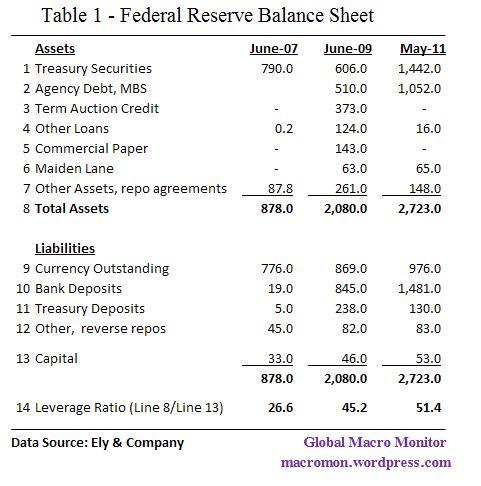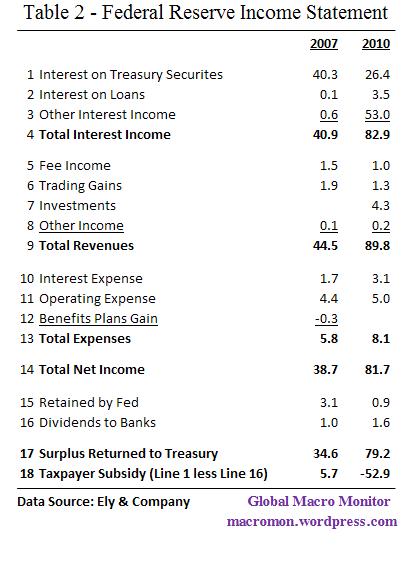By Frank E. Holmes
Gold prices passed the $1,500 per ounce mark for the first time ever in mid-April and, aside from a couple of short pullbacks in early May, have set up shop in the neighborhood of $1,525 to $1,550 an ounce (gold closed at $1,553.40 on Wednesday).
So far in 2011, it's been relatively status quo for those investors who've embraced gold as a way to protect themselves from currency debasement, excessive money printing and inflation as prices have increased 7.67%. Bank of America-Merrill Lynch (NYSE:
BAC)
analysts are forecasting gold prices could fall to $1,400 an ounce during seasonal weakness in July before rebounding as high as $1,650 an ounce by early fall.
While the party continues for gold bullion prices, stocks of gold companies have been a no-show. The NYSE Arca Gold Bugs Index (HUI) has fallen more than 13% year-to-date and the Philadelphia Gold & Silver Index (XAU) has toppled more than 16%. Companies such as
High River Gold Mines Ltd., Jaguar Mining Inc. (NYSE:
JAG) and NovaGold Resources Inc. (AMEX:
NG) are off more than 45% from 2007-2008 highs.
This underperformance has been exacerbated in recent weeks making it a hot topic of discussion among investors, analysts and portfolio managers.
An Analyst's View of Gold Prices
I recently had lunch with CIBC (NYSE:
CM) analyst Barry Cooper, gold-company wizard and one of the industry's best. He sees this recent phenomenon as "a market-sentiment-driven event that will pass as fundamental financial drivers kick in to support share prices and drive them higher."
However, the trend could continue as long as the cost of mining operations continues to inflate. Cooper modeled a case study that showed equities can produce an inferior return relative to bullion when the price of an ounce and the cost to produce it rise in tandem despite the opportunity for companies to use higher gold prices to expand production or increase reserves.
According to Cooper, "the average global cost per ton has been rising at a rate that is slower than the gold prices increase; however, it has also been accompanied by a declining grade profile for most operations." The average grade of a gold deposit has declined 21% since 2005, but higher bullion prices have made it economically viable for gold companies to pursue higher cost projects and keep lower-cost, high-grade operations off line in case gold prices pull back.
Further, Cooper says this means that "the market seems to have penalized companies for the rising costs associated with lengthening the life of a mine operation ... the market does not seem to be paying for the optionality offered by increasing reserves when they come with increased costs."
The strongest periods of underperformance seem to correspond with times when cost inflation was high. Cooper concluded that "investors seeking gold exposure also want safety in terms of cost containment, and when part of the reason for buying stocks falters, the choice is abandoned for alternative investments."
The financials for the majority of gold companies have been improving for years. According to Cooper, many gold companies "have been generating positive [cash flow] and growing earnings on a per-share basis." Although it hasn't showed up in share price performance, senior gold miners have seen the strongest gains with average per share earnings increasing roughly 67% since 2009.
Corporate cash flows for gold producing companies have also increased significantly. The average senior gold miner now has more than twice the amount of cash flow; mid-sized intermediate gold companies' cash flow has more than tripled.
This year's carnage has created a substantial opportunity to buy healthy, gold mining companies at historically low prices compared to gold bullion. Cooper says that "the net result is that gold companies can now be purchased for about their intrinsic value for the spot price of bullion."
Gold-Mining Dividends - Getting "Paid to Wait"
One way gold companies can lure investors is by sharing their profits through dividends. This would provide a cash incentive to hold shares of the company and allow investors to participate in rising earnings. We like the idea of investors getting "paid to wait" or reinvesting those dividends and purchasing additional shares at potentially lower prices.
Newmont Mining Corp. (NYSE:
NEM), a company whose share price is about 15% off of its highs, recently initiated a dividend program and has a current yield of 1.55%. Companies such as Compania de Minas Buenaventura SA (NYSE ADR:
BVN) (1.82%), Yamana Gold Inc. (NYSE:
AUY) (1.59%), Gold Fields Ltd. (NYSE ADR:
GFI) (1.39%) and Barrick Gold Corp. (NYSE:
ABX) (1.11%) also offer attractive yields.
The ongoing debt crisis in Greece should remind everyone that
global markets are still recovering from 2008's trauma. The system is not nearly as strained as it was then but we are by no means out of the woods in terms of global economic stability. This should continue to provide a catalyst for strong gold prices.
See the original article >>













